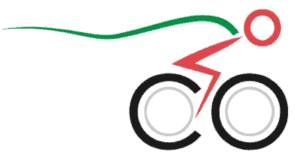When I started bike commuting on my old bike, I wasn’t aware of there being different types of valves. My bike had Schrader (more common) valves which is found on most cars. Any time I needed to pump the tires I just stopped by a gas station. I only realized that there was a different type of valve called Presta valve when I bought a new commuter bike. Initially I didn’t even know how to inflate it, so I thought I’d share what I’ve learned.

The Presta valve is narrower in diameter (0.6 mm) than the Schrader valve (0.8 mm). It has a locknut, an outer valve stem, an inner valve body and sometimes it comes with a valve cap. The lock nut secures the stem where it meets the rim. The weakest part of the bicycle rim is where the hole is for the valve stem. The Presta valve needs a smaller hole on the rim and thus it permits to have really narrow wheels having sufficient strength in the rim.
There are two main advantages of Presta valves over Schrader: they are more slender than and once the nut is secured they cannot be accidentally deflated.
On the other hand, Schrader is more robust and somewhat easier to pump up.
Electric bikes built for everything and priced for everyone. Shop Rad Power Bikes, America's #1 electric bike brand. Get out. Go further. Ride Rad.
How to inflate a tube with Presta valve
To put air in a Presta valve first you need to loosen the locknut. This ensures that air can freely enter, but it can only escape if the head is pressed down on. Then place the pump head on the valve and fill the tire with air. Don’t forget to tighten the screw after finishing as your tube will start to lose pressure.
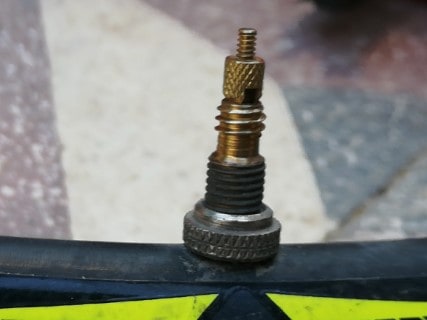
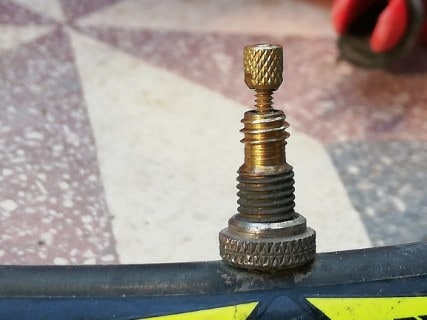
You can find bike pumps for Presta valves or dual-head design pumps (for Schraer and Presta) in any bike shop. If your pump is capable of both standards you don’t need an adapter for your Presta valve. You only need an adapter if you have a Schrader pump and a Presta valve, which can also be picked up in any bike shop for pennies. To pump up your tire unscrew the little nut on the valve’s top, screw the adapter onto the stem. With the adapter on you can use the Schrader pump to inflate the tires. You can even leave the adapter on after use if you want to keep it handy. Just remember to tighten the valve nut.
You can also get dual-head pumps, which can be swappable, twin-head or all-in-one. These can handle both types of valves. The BV Bicycle Ergonomic Bike Floor Pump is a solid, yet inexpensive choice available on Amazon.
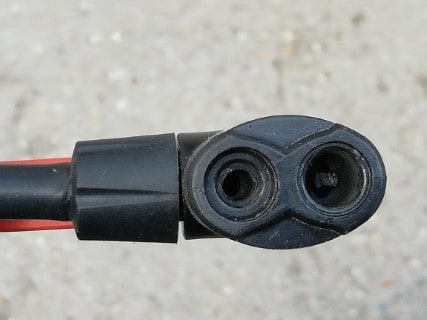
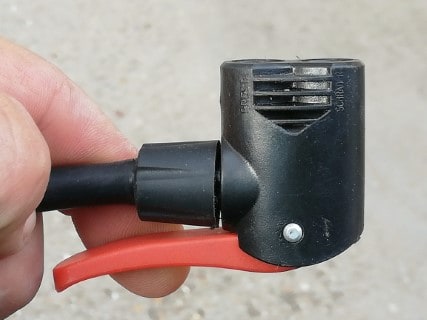
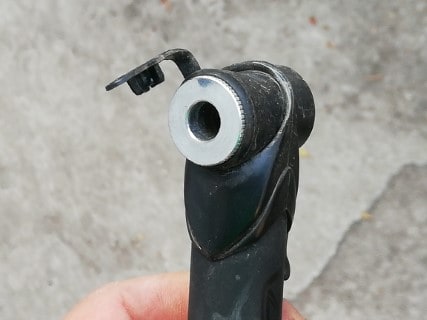
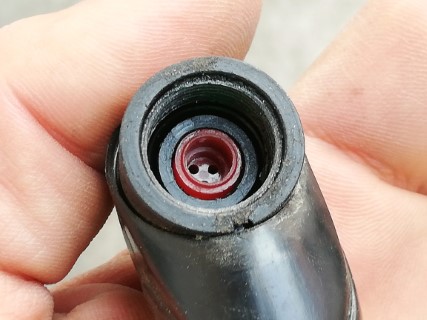
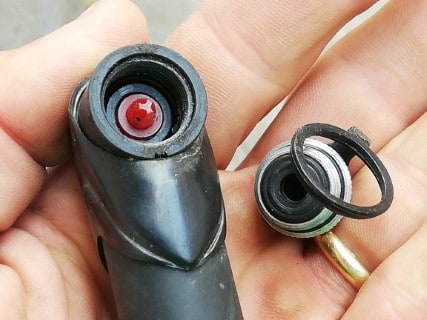
So, if you have a Presta valve tire you either need to get a pump compatible with Presta valves or you get an adapter that fits the valve.
Presta valve lengths
There are Presta valves of different lengths for different types of rims. Some aerodynamically designed rims are thicker and need a longer valve stem. Their lengths differ from 32 mm to 80 mm. The ideal is that the valve sticks out about 1.25” (32 mm) above the rim but it won’t hurt if the valve is longer than that.


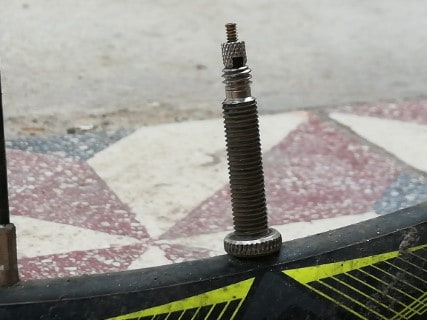
Presta valve in Schrader rim holes
If you have a Schrader drilled rim and you only have a Presta valve tube at hand you can use it as the hole is wide enough to fit the valve through. It is not ideal because the wiggling in the loose hole can cause the rim to cut the tube and it is recommended change the tube for the proper one as soon as you can.
Putting a Schrader valve tube on a Presta- drilled rim is not completely impossible, but it can be very tricky. It’s best to only resort to it if everything else fails.
Valve extender vs adapter
As we already saw the adapter makes the presta valve tire ready to be inflated it with a Schrader pump. The extender is used when the rim of the wheel is high for aerodynamics and the valve is too short. The extender is threaded onto the valve and thus it can reach through the rim. There are two types of extenders depending on whether the inner valve body is removable or not. If you need one make sure you get the one that fits your valve!
Removable Presta valve cores
Some of the presta tires have removable valve core and some don’t, which you can recognize by the two flat sides on the top part of the valve. If you don’t find those flats on the top the core is non-removable.

What’s the point of having a removable inner core? By removing the core you can inject sealant slime in your tube, which increases your tire’s puncture resistance by sealing up any small hole caused by pinch flats, glass, thorns or other small cuts. If the valve is fixed then you’re out of luck, no slime for you. There are some tricks to get the slime in, but it’s more hassle than worth. If you want slime in your inner tube, get one with a removable valve core.
Another advantage of removable inner cores is that you can replace a broken valve instead of replacing the whole tube, which could save you some money. Since the valve core is somewhat fragile, it is a possibility. It doesn’t save much on cheap tubes, but some can cost up to 150 dollars.
Tubeless Presta valves
You need a valve even if you’re running a tubeless setup, but in this case you will need a dedicated removable valve. Although the name may be confused for removable cores, in reality here the entire valve is replaceable. It’s not cut off the tube, but it is a purpose-made valve for the tubeless rim. Removable valves always have removable cores too so sealant can be added to the system. If you want to find out if a tubeless setup is right for you, you can read about it in this post I wrote from a commuter’s perspective.
If there is an air leakage at the valve in a tubeless setup, the problem will be solved if the valve is replaced, but in some cases tightening the valve and making sure that it’s not overly tight either fixes the problem too.
Conclusion
Getting your head around the valves is simple and once you understand the basics you will have the confidence that you get the right type of valve and can inflate your tire with ease.
Happy riding!
